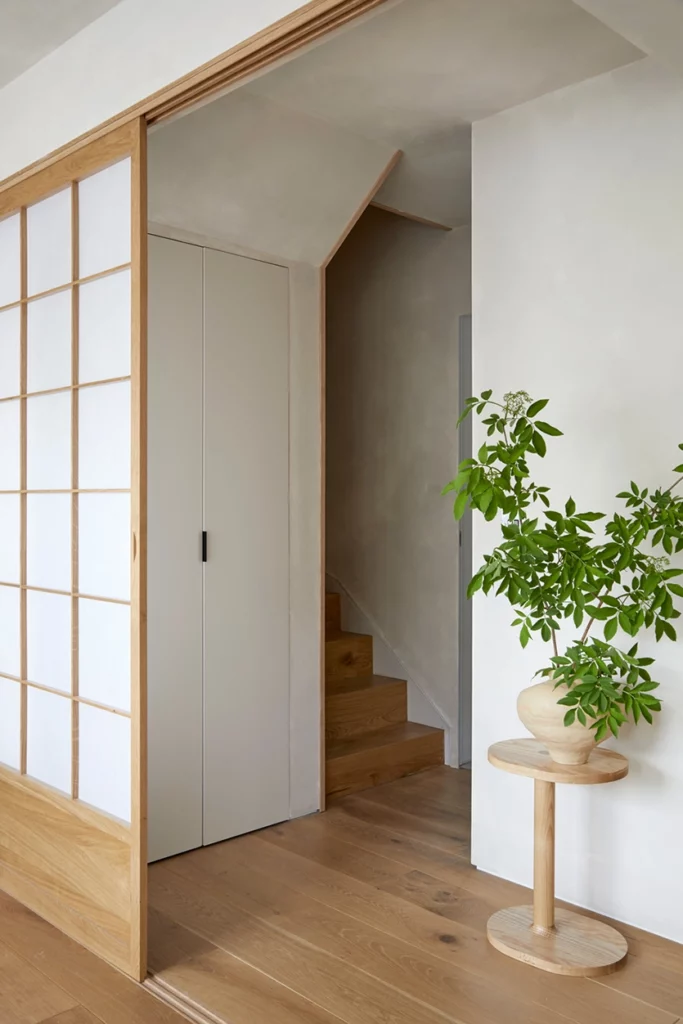As a Japanese designer, I’ve frequently been asked to create Japandi interiors over the past few years. Japandi, a fusion of Japanese and Scandinavian Japanese design elements, has become a significant trend in the Western world.
Japandi: a trend in interior design that combines elements of Japanese and Scandinavian styles.
Source: Collins Dictionary
Interestingly, when I ask my Japanese friends about Japandi, almost none of them are familiar with the term. When shown images of Japandi interiors, they see what they perceive as ‘Western’ or ‘Scandinavian’ design, not necessarily Japanese.
So, what should we make of the current Japandi craze?
To understand this trend, let’s first consider the acceptance and evolution of sushi in the Western world.

Have you heard of California rolls?
California roll: a type of sushi consisting of cold, boiled rice typically wrapped around avocado, cucumber, and sometimes crab.
Source: Cambridge Dictionary
California rolls were invented in California in the 1960s when eating raw fish was not common in the American diet. Initially, people in Japan frowned upon them, seeing nothing traditional about them. Nori (seaweed) is rolled inside rather than outside, they use boiled crab and avocado instead of raw fish, and mayonnaise instead of soy sauce.
However, it was these non-traditional sushi forms that introduced Westerners to sushi. Now, sushi is a ubiquitous global food, found in local supermarkets in the West. Even in Japan, people enjoy non-traditional sushi today. Sushi’s inherent appeal—deliciousness, simplicity, seasonality, and healthiness—led to its global acceptance. But it took innovations like the California roll to spread it worldwide.
So, is Japandi similar to California rolls—an invention from outside Japan (and probably Scandinavia) with a global, fundamental appeal? Or is it just a fad that will fade away?
Both Japanese and Scandinavian design principles have long histories, rooted in minimalism, simplicity, craftsmanship, and nature appreciation. These cultures have admired each other for centuries.
Why does Japandi resonate globally? In our increasingly busy, tech-driven world, the principles behind Japandi offer a sense of calm and ease, something we all crave and need.
A catchy term and media coverage may have popularised Japandi, but its principles have stood the test of time.
Perhaps in ten years, people in Japan may embrace Japandi homes.


TASTE
While our expertise isn’t in cooking, a thoughtfully designed kitchen can significantly enhance healthy eating and boost your energy levels. Choose a refrigerator with ample fresh vegetable storage and a smaller freezer. Improve your water’s taste by installing a filter, which also removes harmful chemicals. Avoid placing a TV in your eating area to encourage mindful eating, keep a fruit basket on display, and eliminate unhealthy snacks.
If you’re interested in learning more about the Japanese art of creating a calm and balanced home, we offer a 6-day email guide. This guide goes beyond interior design, delving deeper into a way of life. Click here to receive the guide in your inbox.